Disclosure: This article contains affiliate links. We may earn a commission from purchases at no extra cost to you, which helps our travel content.
The first time I set foot in Oran, my camera nearly stayed in its bag. Not because there was nothing to photograph—quite the opposite. The sensory overload of this Algerian coastal city left me momentarily paralyzed, unsure where to begin capturing its essence. The Mediterranean light danced differently here than in my native Valencia, casting golden hues across French colonial facades while minarets punctuated the skyline with elegant authority. After five visits to this architectural wonderland, I've finally mapped my approach to photographing Oran's contrasting elements: the Ottoman, Spanish, French and distinctly Algerian influences that create a visual symphony unlike anywhere else in North Africa. This spring marked my most productive visit yet, with perfect conditions for both architectural and street photography. Let me guide you through my week-long photographic journey in this Mediterranean jewel that remains surprisingly untouched by mass tourism.
The Light of Oran: Planning Your Photographic Day
Photographers often speak of the 'golden hour' as if it's universal, but Oran's light has its own particular character that defies typical timing formulas. The city sits at an interesting geographic position where the Saharan influence meets Mediterranean climate, creating distinctive atmospheric conditions.
I've found that morning light in Oran arrives with surprising intensity around 7:00-8:00 AM in spring, bathing the eastern-facing colonial buildings along Boulevard Emir Abdelkader in a warm glow that lasts barely an hour. This fleeting window is perfect for architectural detail work, particularly on the ornate balconies and ironwork that remind me of patterns I've documented in Spanish monasteries.
Mid-day presents challenges with harsh shadows, but I've discovered that this is actually ideal for capturing the stark white-washed walls of the Santa Cruz Chapel and Fort Santa Cruz complex. The contrast between brilliant white structures against the deep blue Mediterranean creates dramatic compositions that wouldn't be possible in softer light.
The true magic happens during the evening golden hour, which lingers unusually long in Oran during spring months. From about 5:30 PM until nearly 7:00 PM, the entire city takes on a surreal amber quality. Position yourself at Place du 1er Novembre or along the promenade at Front de Mer to capture locals enjoying this daily light show.
For night photography, Oran offers fascinating opportunities around the illuminated minarets of the mosques, particularly Abdellah Ibn Salam Mosque (formerly the Great Synagogue). I recommend using my travel tripod for these low-light situations. After five trips here, I've finally mastered the art of setting up quickly without drawing too much attention in public spaces.
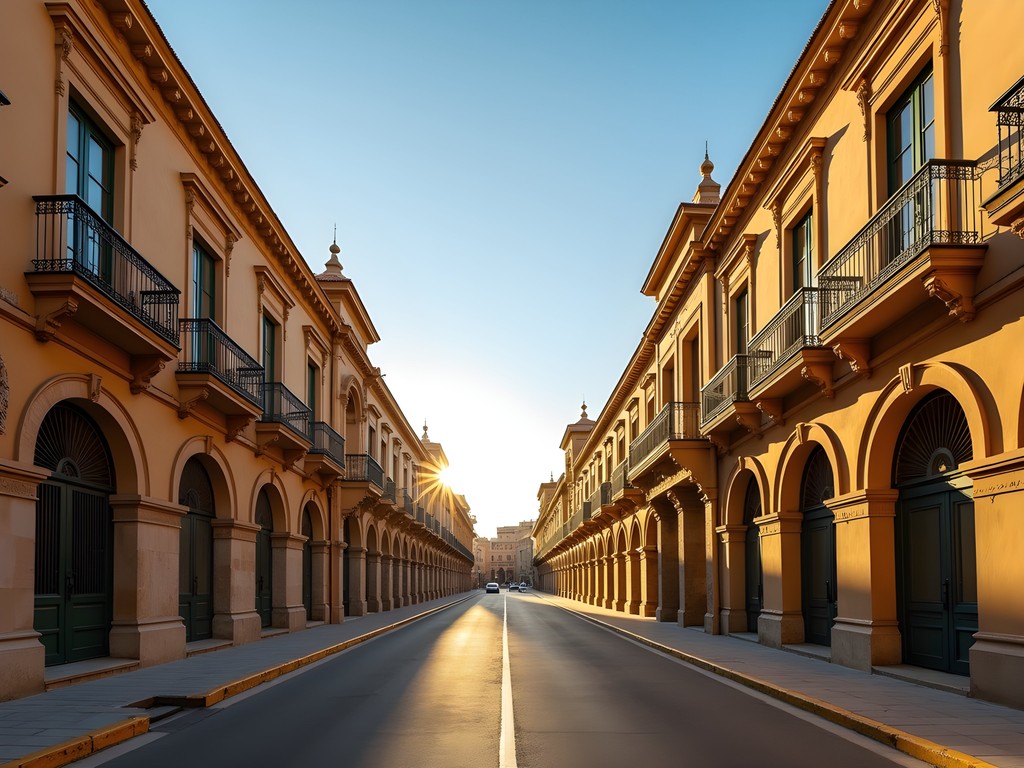
💡 Pro Tips
- Scout your morning locations the afternoon before to plan compositions in advance
- Carry a polarizing filter for controlling reflections on the Mediterranean and colonial glass facades
- Local authorities can be sensitive about photography near government buildings - always ask permission first
Santa Cruz and Fort Santa Cruz: Capturing Historical Layers
Perched above Oran like a vigilant sentinel, the Santa Cruz complex offers not just the city's most spectacular views but also its most challenging photographic puzzle: how to capture centuries of layered history in a single frame.
The site combines a Spanish chapel (Santa Cruz), an Ottoman-era fort, and panoramic views that stretch across the city to the Mediterranean. My approach has evolved over multiple visits. Rather than attempting to capture the entire complex, I now focus on the juxtaposition of architectural elements that tell the story of cultural transition.
The best access route is via taxi to the base, followed by a 20-minute hike up the winding path. Arrive by 7:30 AM to catch the fort walls illuminated by side lighting that accentuates their texture while the city below remains partially shrouded in morning haze. This creates a compelling visual narrative of the fortress standing guard over a sleeping city, much as it has for centuries.
Inside the complex, look for opportunities to frame the city through ancient archways and crenellations. These natural frames add depth and historical context to your cityscape images. My favorite composition places the minaret of the Pasha Mosque in the distance, perfectly framed by a Spanish colonial arch—a single frame capturing multiple cultural influences.
For equipment, I rely on my wide-angle zoom lens for most architectural work here, switching to a medium telephoto for compressed city views. The dynamic range challenges are significant, with bright white walls against deep blue skies. I typically bracket exposures or use a graduated ND filter to balance the scene.
Be aware that the site closes unexpectedly for religious observances. Always check with locals about opening times before making the climb.
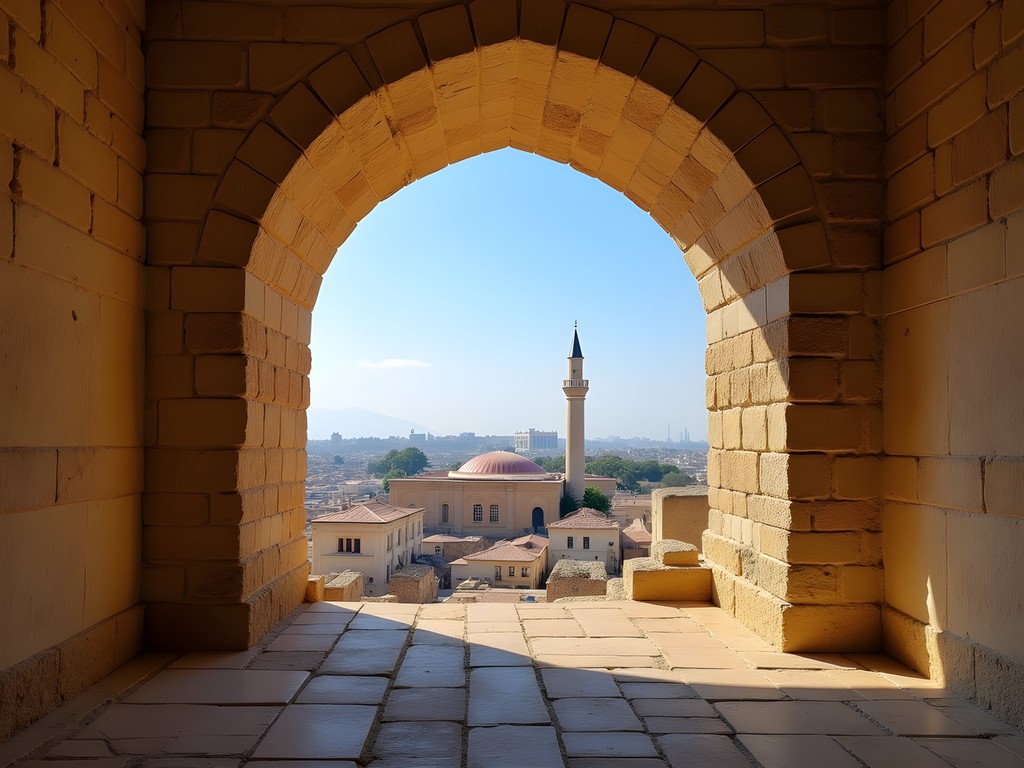
💡 Pro Tips
- Bring extra water and sun protection—the exposed hilltop offers no shade
- Use polarizing filters to enhance the contrast between the white fort walls and the Mediterranean blue
- Visit twice if possible—morning for city views and late afternoon when the fort walls glow orange
The Architectural Mosaic: From Ottoman to Art Deco
What makes Oran a photographer's dream is its architectural timeline—a visual history lesson spanning centuries and cultures. Unlike more homogeneous North African cities, Oran presents an eclectic mix that requires thoughtful photographic strategies to capture effectively.
Start in the Turkish Quarter (Sidi El Houari district), where narrow, winding streets reveal Ottoman influences. Here, I recommend shooting during mid-morning (9:00-11:00 AM) when light penetrates the narrow passages without creating excessive contrast. The challenge is finding clean compositions amid the urban density. I often look for singular elements—an ornate door, a patterned window, a textured wall—rather than attempting wider scenes.
Moving chronologically, the Spanish colonial structures around the Theatre and Port areas offer more symmetrical opportunities. These buildings benefit from early morning or late afternoon light that accentuates their classical proportions and details.
The French colonial district presents the city's most photogenic streetscapes, particularly along Boulevard Maata Mohamed El Habib. The harmonious rows of balconied buildings with wrought iron details create natural leading lines. Photograph these streets parallel to the direction of light (either early morning or late afternoon) to highlight the repetitive patterns and depth.
Perhaps most surprising is Oran's collection of Art Deco and Modernist buildings from the 1930s-1950s. These architectural gems, like the stunning Cinema Colisée, require careful attention to geometric composition. I often switch to my tilt-shift lens for these subjects to maintain perfect vertical lines while capturing their distinctive facades.
For interior architecture, the Great Mosque (built in 1796) offers breathtaking opportunities but requires advance permission for photography. Come prepared with a letter explaining your photographic intentions, and always respect prayer times and restricted areas.
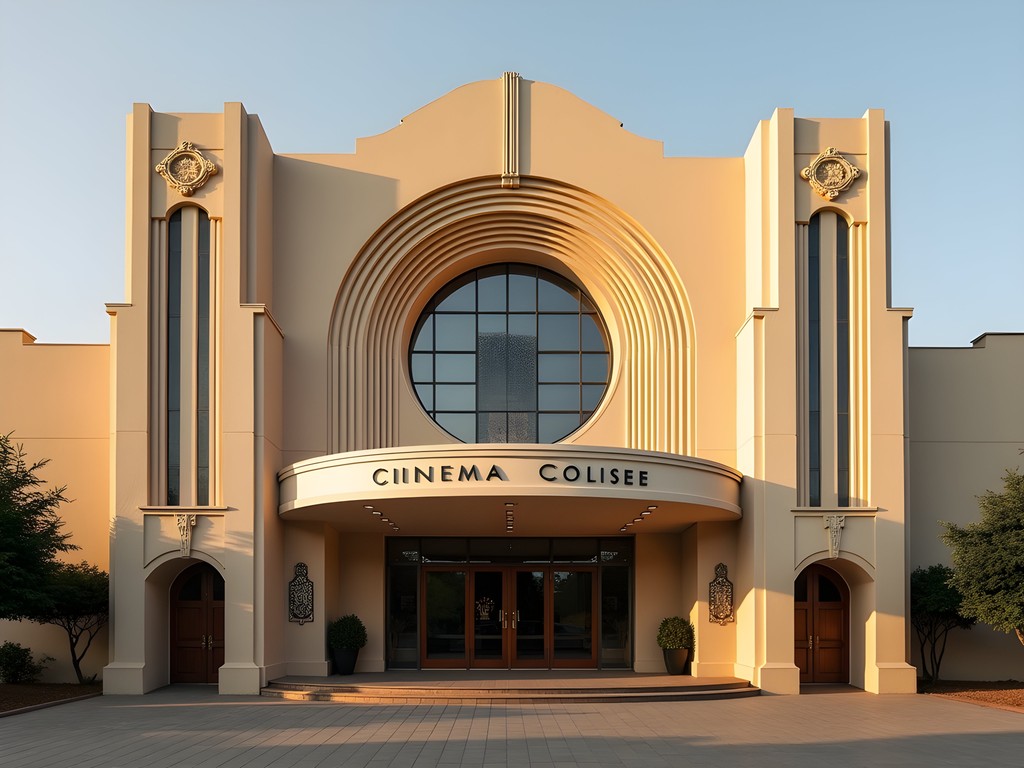
💡 Pro Tips
- Create a shot list organized by architectural period to make efficient use of your time
- Photograph the same buildings at different times of day to capture how light transforms their character
- Look for architectural details that show cultural fusion—like European structures with Moorish decorative elements
Street Photography in Oran's Markets and Promenades
While Oran's architecture first drew me to the city, it's the vibrant street life that keeps bringing me back. Capturing authentic moments requires a different approach than my usual methodical architectural work—here, intuition and cultural sensitivity matter more than technical precision.
The Front de Mer (seafront promenade) transforms throughout the day, offering distinct photographic opportunities. Early mornings reveal fishermen with their catches against the backdrop of the harbor—a scene I've found best captured with a medium telephoto lens to compress the layers of boats, people, and sea. As families and young people populate the promenade in evenings, switch to environmental portraiture that includes both people and the Mediterranean setting.
Markets present rich visual material but require ethical consideration. The Medina of El Hamri and the market at Place des Victoires overflow with color, texture, and activity. Rather than treating these as exotic spectacles, I try to establish connections first. My approach involves visiting the same vendors multiple days, purchasing items, and only then asking permission for photographs. This has resulted in more meaningful images and cultural exchanges.
For market photography, I prefer my mirrorless camera with its silent electronic shutter and unobtrusive size. The flip screen allows for discreet composition without raising the camera to my eye—particularly useful in crowded situations where being conspicuous can change the natural flow of activity.
Lighting in the covered markets presents significant challenges. The contrast between dark interiors and bright patches of sunlight streaming through openings requires careful exposure decisions. I typically expose for highlights and recover shadow detail in post-processing, as the alternative often results in blown-out areas that cannot be salvaged.
Remember that photographing women without permission is particularly sensitive in this cultural context. When in doubt, a respectful gesture asking permission goes a long way—and accepting refusal gracefully is essential for responsible travel photography.
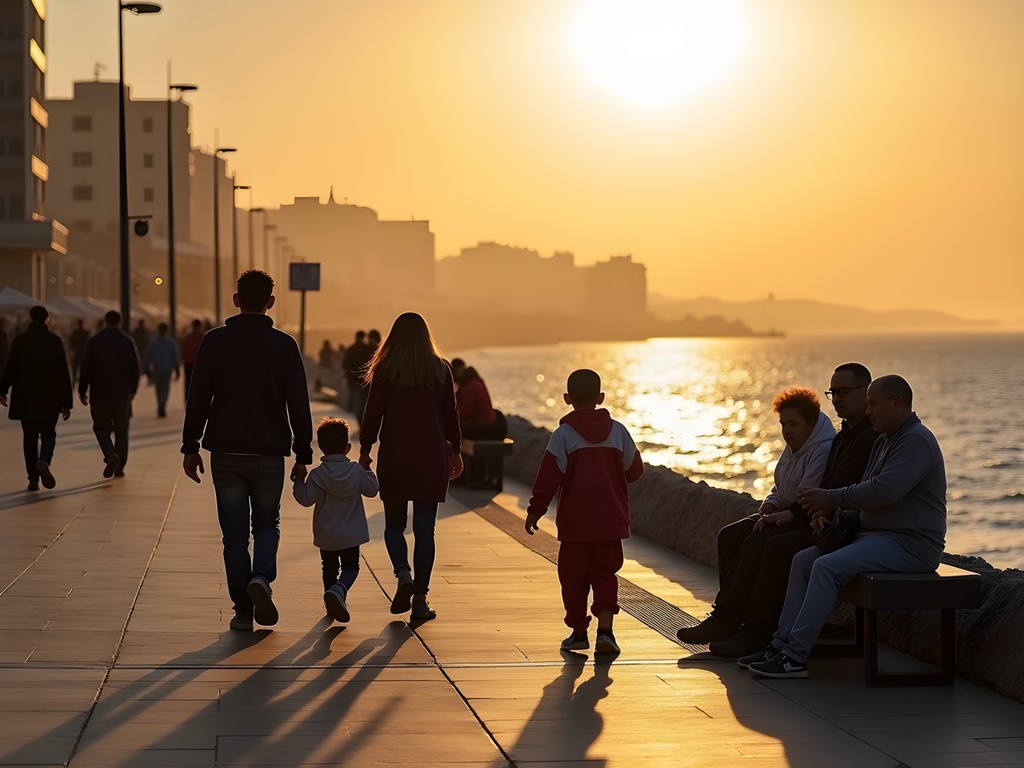
💡 Pro Tips
- Learn basic Arabic photography-related phrases like 'May I take your photo?' and 'Thank you'
- Use a wrist strap rather than a neck strap to keep your camera close but less visible when not shooting
- Carry small prints from previous days to give to people you've photographed—this builds goodwill and creates connections
Practical Considerations for Photographers in Oran
Beyond creative considerations, photography in Oran requires practical planning that differs from other Mediterranean destinations. My experience navigating these logistical elements has been refined over multiple visits, often through trial and error.
First, consider equipment security. While Oran is generally safe for travelers, displaying expensive camera gear unnecessarily can attract unwanted attention. I use a discreet camera bag that doesn't scream 'photographer'—my current favorite is the camera backpack which balances protection with inconspicuous design. When walking between locations, I keep my camera inside rather than around my neck.
Dust presents a persistent challenge, particularly when spring winds carry fine Saharan particles. I carry multiple microfiber cloths and a rocket blower for sensor and lens cleaning. Changing lenses should be done minimally and in protected environments whenever possible. Weather-sealed equipment provides valuable protection in these conditions.
Power reliability varies throughout the city. I always carry extra batteries and portable charging options. Most mid-range hotels provide adequate outlets, but older establishments may have limited options—I've learned to charge batteries opportunistically rather than assuming I can do so at day's end.
Internet connectivity for backing up images can be inconsistent. My workflow now includes a portable hard drive for daily backups rather than relying on cloud services. When selecting accommodation, prioritize places with reliable WiFi if you need to transfer images regularly.
Permissions for photography vary by location. Religious sites, government buildings, and military installations have strict prohibitions. When in doubt, ask local authorities or your hotel concierge about specific locations. I've found that carrying printed portfolio images helps explain my photographic intentions when seeking permission from site administrators.
Finally, consider local cultural sensitivities around photography. Oran's residents generally welcome respectful photographers, but always seek permission before photographing individuals, particularly women and children. A smile and simple gesture with your camera goes a long way toward creating positive interactions.
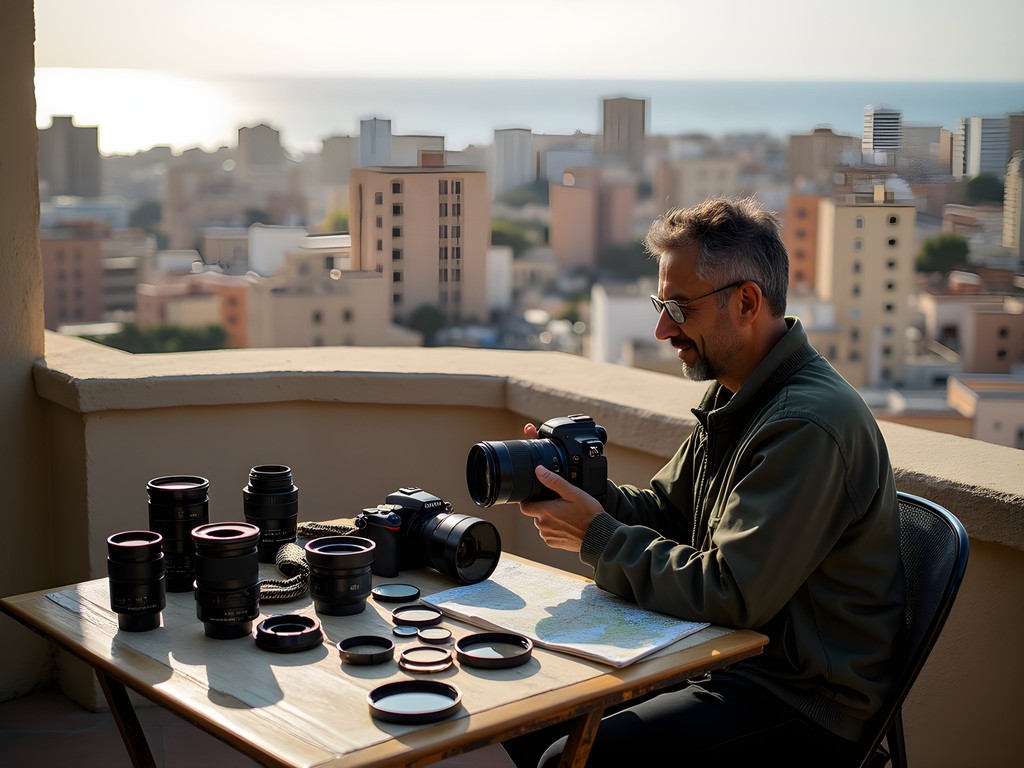
💡 Pro Tips
- Register with your country's embassy or consulate upon arrival for safety updates
- Carry your passport and a photocopy stored separately—police checkpoints occasionally request identification from photographers
- Consider hiring a local guide for at least one day to gain access to locations difficult for foreigners to find independently
Final Thoughts
As I packed my equipment on my final evening in Oran, watching the sunset paint the Mediterranean horizon in gradients of amber and gold, I reflected on how this city continues to surprise me photographically with each visit. What makes Oran special isn't just its architectural diversity or Mediterranean light—it's the layers of history and culture that reveal themselves gradually to those willing to look beyond the obvious frames. For photographers seeking to expand their portfolio beyond the well-documented destinations of North Africa, Oran offers authentic visual narratives still waiting to be told. Whether you're drawn to architectural documentation or the poetry of daily life, come with respect, patience, and plenty of memory cards. The images you'll create here won't just be technically compelling—they'll tell stories of a place where centuries of cultural exchange are written in stone, light, and the faces of its people.
✨ Key Takeaways
- Oran's unique Mediterranean light requires specific timing strategies throughout the day
- The city's architectural diversity spans Ottoman, Spanish, French colonial and Art Deco styles
- Cultural sensitivity and building rapport are essential for meaningful street photography
- Spring offers ideal conditions with moderate temperatures and dramatic cloud formations
📋 Practical Information
Best Time to Visit
March to May (spring)
Budget Estimate
$60-100 USD per day (mid-range)
Recommended Duration
5-7 days
Difficulty Level
Moderate

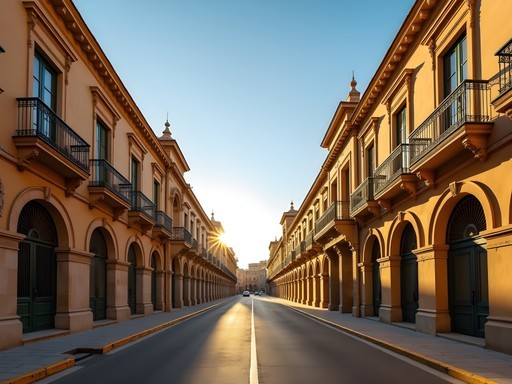
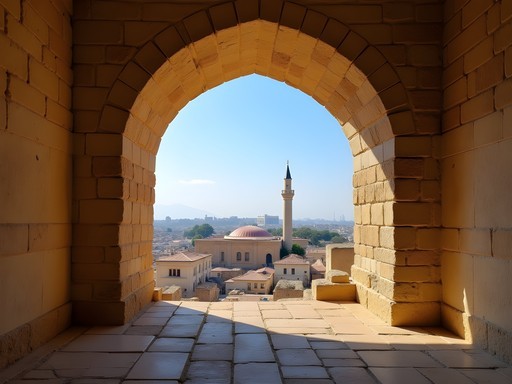
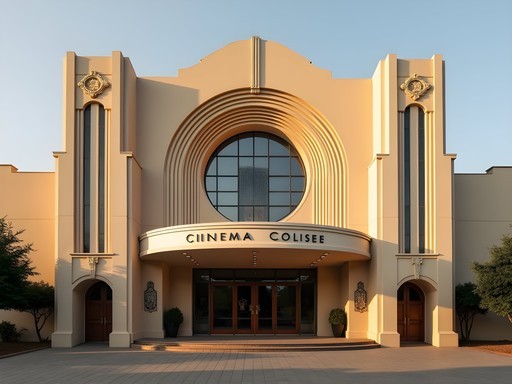












Comments
roamlegend
Just got back from Oran last week and used your guide extensively, Evelyn! The tip about shooting the port area in early morning light was spot on - got some of my best shots there with almost no other tourists around. One thing I'd add is that the indoor market (Marché de Médina Jedida) has incredible light beams coming through the roof around 11am, creating dramatic shadows. Locals were super friendly when I asked permission before taking photos. Definitely one of the most underrated photography destinations I've visited.
Evelyn Rogers
So glad the guide helped, roamlegend! And thanks for that tip about the indoor market - I must have missed that perfect 11am light. Something for my next visit!
Nicole Russell
I'm literally looking at flights to Algeria RIGHT NOW after reading this! 🤩 Your section on street photography in the markets has me so inspired. As a solo female traveler, I've been hesitant about North Africa, but your experience makes Oran seem accessible. Did you find it easy to connect with locals? That's always where I get my best candid shots. Also, that golden hour light hitting the Mediterranean... pure magic in your photos!
Evelyn Rogers
Nicole, you'll love it! I found Oran's locals incredibly welcoming. Start conversations about the architecture or food, and people open up quickly. The tea shops are perfect for making connections - I'd sit with my camera visible and often ended up being invited to photograph family gatherings. Just learn a few Arabic phrases, it goes a long way!
oceanway
Any issues with photographing locals? Always tricky in new places.
Nova Rice
Always ask first! I found most Oranais were fine with photos if approached respectfully. The fishermen at the port were particularly photogenic and friendly. Markets can be more sensitive - focus on products rather than people unless you've built rapport.
escapemood
OMG these photos are STUNNING!!! 😍😍 I never considered Algeria for a photo trip but now I'm obsessed! That shot of the sunset from Santa Cruz with the city and sea below is absolutely MAGICAL! Adding Oran to my 2026 travel vision board right now!
Casey Andersson
This guide couldn't have come at a better time! I'm heading to Algeria next month with Oran as my first stop. Evelyn, your insights on the architectural mosaic are incredibly helpful. I've been researching the French-Algerian influences but hadn't considered how dramatically the light changes the mood of these buildings throughout the day. I'm particularly excited to photograph Santa Cruz after reading your section. For anyone planning a similar trip, I found that my travel tripod is worth bringing despite the extra weight - especially for those low-light shots in narrow alleys and dawn captures from the fort. Has anyone navigated the permit situation for professional photography equipment? I've heard mixed things about bringing in pro gear.
starone
I brought in a full-frame DSLR with three lenses without issues. Just don't look overtly professional or like you're shooting for commercial purposes. Tourist photography is fine!
starone
Just returned from Oran last month. For anyone planning to go, the light between 4-6pm around Place d'Armes is absolutely magical for photography. Also found that locals were much more open to having their photo taken if you bought something small from their shop first and showed genuine interest. The architectural details on Rue Larbi Ben M'Hidi deserve special attention - bring a wide angle lens!
wildmate
Thanks for the tip about Place d'Armes! Adding it to my list.
beachace
Did you need any special permits for photography? Heading there in March!
Evelyn Rogers
No special permits needed for personal photography! Just the standard tourist visa. Enjoy your trip!
beachace
Perfect, thanks for the quick reply!
wildmate
What camera settings worked best for the market scenes?
Nova Rice
Evelyn, you've captured the essence of Oran beautifully! I visited last summer and was equally mesmerized by the quality of light there. The way it hits the French colonial buildings in the late afternoon is unlike anything I've seen elsewhere in North Africa. Did you make it to Mers El Kébir? I found the contrast between the harbor's industrial elements and natural beauty created some fascinating compositional opportunities. Your section on timing for Santa Cruz fortress was spot on - that golden hour glow on the stonework is pure magic!
nomadgal
Nova, did you feel safe traveling solo in Oran? Planning my first Algeria trip and slightly nervous!
Nova Rice
Absolutely! I found Oran quite safe as a solo traveler. Normal precautions apply, but locals were incredibly welcoming. The main photo spots are well-frequented. Just dress modestly and maybe learn a few French phrases since English isn't widely spoken.
nomadgal
Thanks so much! That's super helpful. Can't wait to try capturing those Mediterranean sunsets!
oceanway
Those sunset shots over the Mediterranean are incredible! Oran wasn't on my radar before this.
Venture X
Premium card with 2X miles, $300 travel credit, Priority Pass